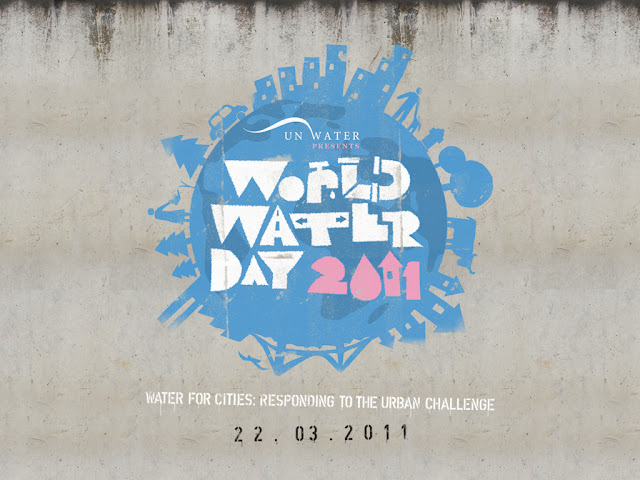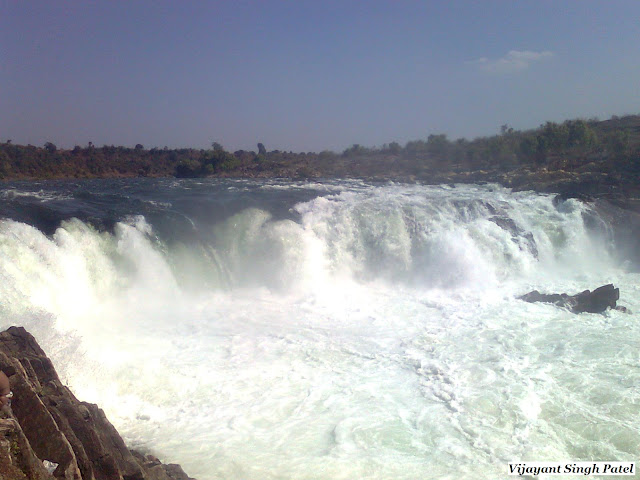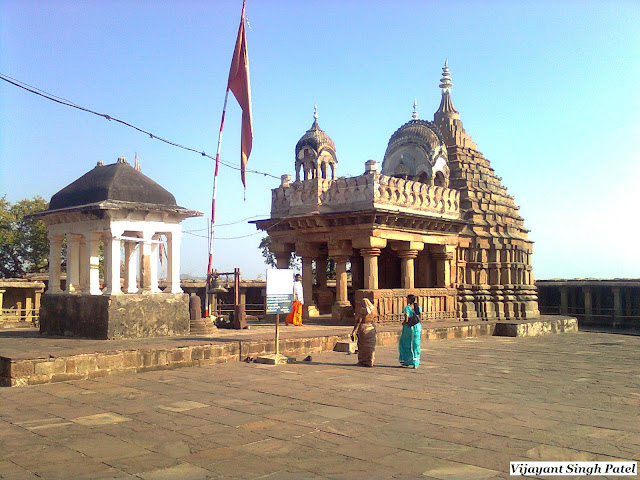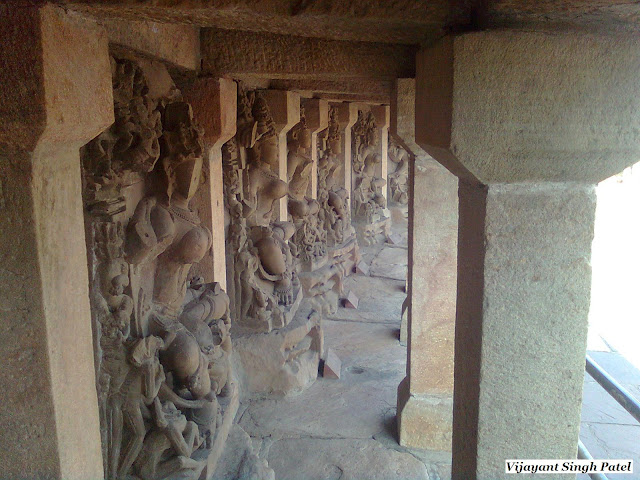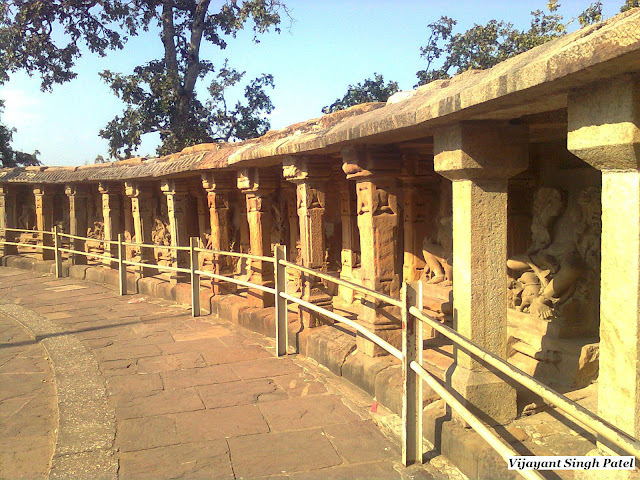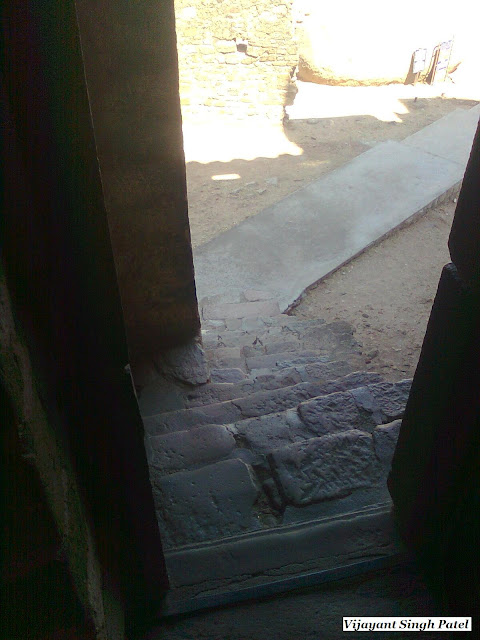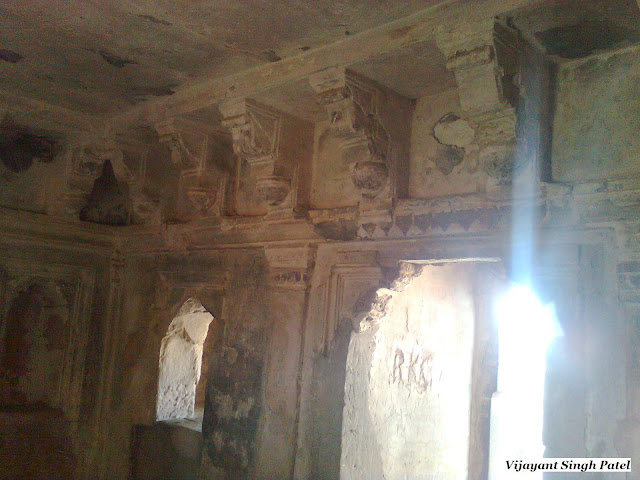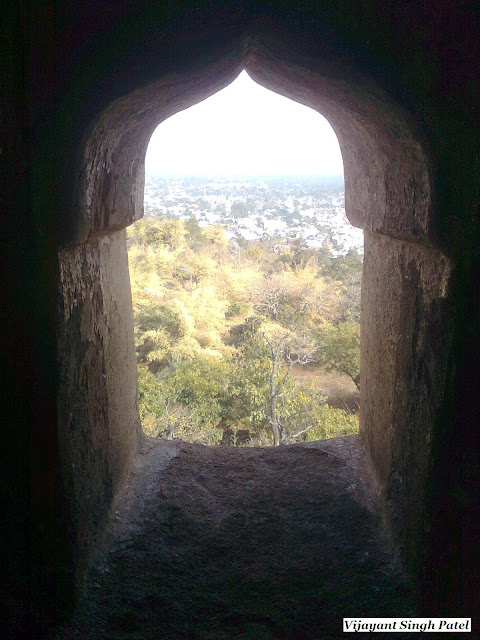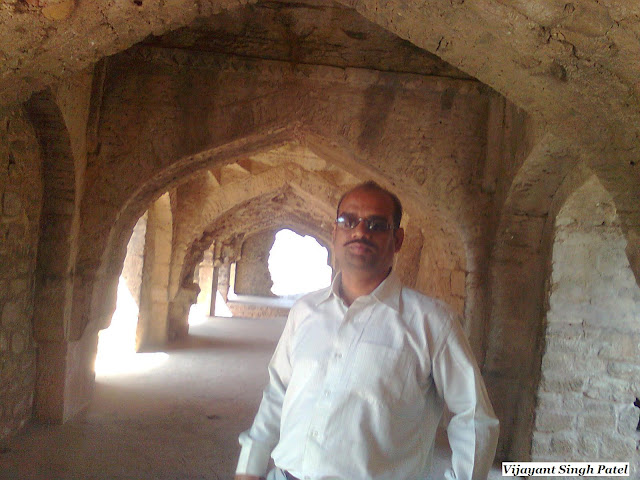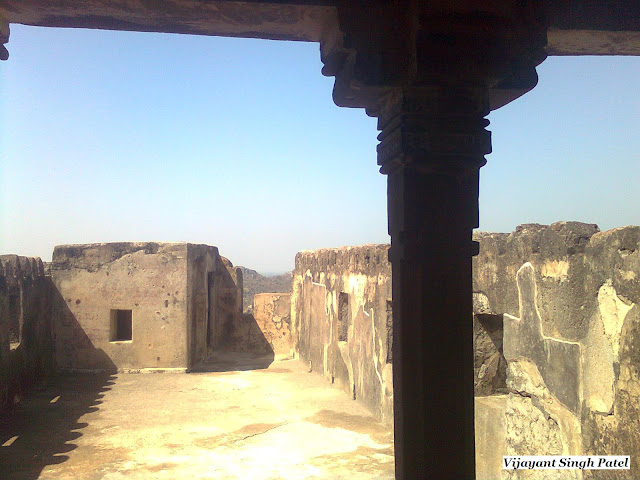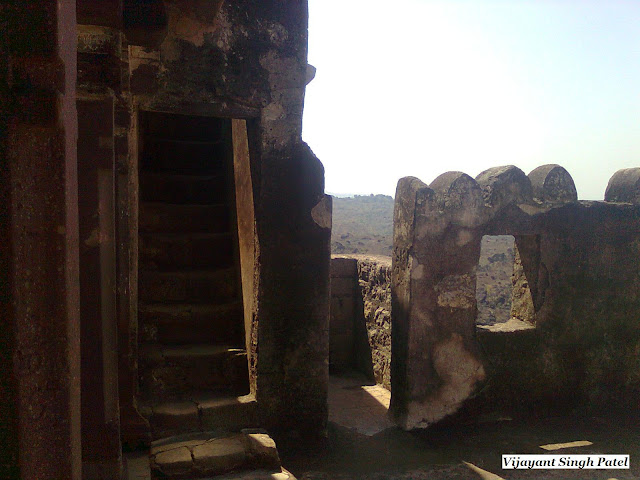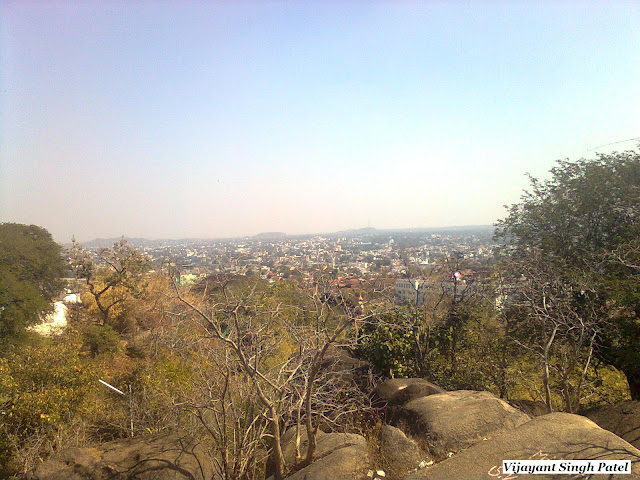Today, on the 22nd March we are celebrating the World Water Day, as a means of focusing attention on the importance of fresh water. The objective of World Water Day 2011 is to focus international attention on the impact of rapid urban population growth, industrialization and uncertainties caused by climate change, conflicts and natural disasters on urban water systems.
Coping with the growing needs of water and sanitation services within cities is one of the most pressing issues of this century. Sustainable, efficient and equitable urban water management has never been as important as in today’s world.
Here are some facts and Figures---
* Every second, the urban population grows by 2 people.
* 5 million city residents are joining the urban population in the developing
world each month.
* 95% of the urban population growth in the next decades will take place
in the developing world.
* in Africa and Asia the urban population will double between 2000 and 2030.
* 827.6 million people live in informal settlements, often lacking adequate
drinking water and sanitation facilities.
* 27% of the urban population in the developing world does not have piped water
at home.
* 250-500 m³ of drinking water leaks from the supply systems in many
mega cities each year.
* 493 million people in cities share their sanitation facilities.
in 1990 this number was 259 million.
* One in four city residents worldwide – 794 million in total – live without
access to improved sanitation facilities.
* A lack of safe water and sanitation in cities leads to cholera, malaria
and diarrhoea.
* The poor pay more. Someone living in an informal settlement in Nairobi pays
5 to 7 times more for a litre of water than an average North American citizen.
LET US SAVE WATER

